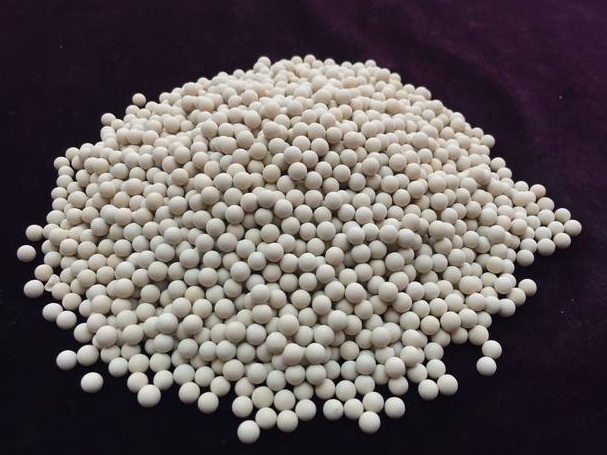Salt Lake Lithium Extraction: Key Technology Analysis of New Energy Industry
In the current booming development of the new energy industry, the strategic position of lithium resources is increasingly prominent. Salt lake lithium extraction technology, as an important means of lithium resource development, is undergoing unprecedented changes. This article will delve into the process flow of this technology, its differences from traditional methods, and innovative applications of adsorbents.
Innovation of process flow
The modern process of extracting lithium from salt lakes is a complex multi-step system aimed at efficiently extracting lithium from salt lake brine. Firstly, brine is extracted from the salt lake and subjected to pretreatment to remove impurities and adjust its chemical composition, ensuring the smooth progress of subsequent processes. Next, the pre treated brine enters the adsorption tower and utilizes highly selective adsorbents for lithium ions to separate them from the complex brine system. This process not only increases the concentration of lithium ions, but also lays the foundation for subsequent purification steps.
The adsorbed brine then enters the nanofiltration process for magnesium removal. Through the selective screening effect of the nanofiltration membrane, impurities such as magnesium ions are effectively removed, and the purity of lithium ions is further improved. The reverse osmosis concentration process further concentrates lithium ions to prepare for the subsequent lithium deposition reaction. In the lithium precipitation process, the concentrated lithium solution reacts with precipitants such as sodium carbonate to form lithium carbonate precipitate. After filtering, washing, and drying steps, high-purity lithium carbonate products are finally obtained, providing key raw materials for high-end applications such as new energy vehicle batteries.
Differences from traditional processes
Compared with modern craftsmanship, the traditional solar pond method appears more primitive. It relies on natural evaporation to concentrate brine, which not only requires a long cycle of up to four years, but is also subject to natural factors such as weather, resulting in low production efficiency. Moreover, traditional methods are only applicable to salt lakes with high lithium concentration and low magnesium lithium ratio, and their resource applicability is relatively narrow. In terms of environmental protection, traditional methods also have many problems, such as a large amount of evaporation residue and high salinity wastewater, which impose a heavy burden on the environment.
The modern lithium extraction process from salt lakes overcomes these drawbacks. Taking the adsorption coupled membrane method as an example, it combines the high selectivity of adsorbents and the high efficiency of membrane separation technology to achieve rapid enrichment and purification of lithium ions. This process does not require large-scale construction of salt fields, significantly shortens the production cycle, improves resource utilization, and reduces negative impacts on the environment, demonstrating higher environmental performance and resource applicability.
Innovation and Application of Adsorbents
As the core material in the lithium extraction process from salt lakes, the performance of adsorbents directly affects the efficiency and quality of lithium extraction. Aluminum based adsorbents have been widely used in chloride type and magnesium sulfate subtype salt lakes due to their mature processes and good comprehensive performance. It has fast adsorption kinetics and high adsorption capacity for lithium ions, and does not require acid consumption during the desorption process. It has good cycling stability and has successfully achieved industrial application.
Titanium based adsorbents have shown unique advantages in alkaline salt lakes. Through a special preparation process, titanium based adsorbents effectively solve the problem of high dissolution rate and provide a new solution for lithium extraction from alkaline salt lakes. Manganese based adsorbents, with their high theoretical adsorption capacity, provide the possibility of improving lithium extraction efficiency. However, they still face challenges such as high dissolution rates in industrial processes, and more environmentally friendly solutions are needed for wastewater treatment.
With the continuous advancement of technology, the research and optimization of new adsorbents will continue to promote the upgrading of lithium extraction processes from salt lakes. For example, by improving the pore structure and surface properties of adsorbents, their selectivity and adsorption capacity for lithium ions can be further enhanced. At the same time, developing more durable and stable adsorbents to extend their service life and reduce production costs is also an important direction for future development.
Every advancement in lithium extraction technology from salt lakes has injected new impetus into the sustainable development of the new energy industry. From process optimization to adsorbent innovation, every technological breakthrough embodies the wisdom and efforts of researchers. In the future, with the continuous maturity of technology and the expansion of application scope, salt lake lithium extraction is expected to play a more important role in the global lithium resource supply, contributing to the construction of a low-carbon and green new energy future.


